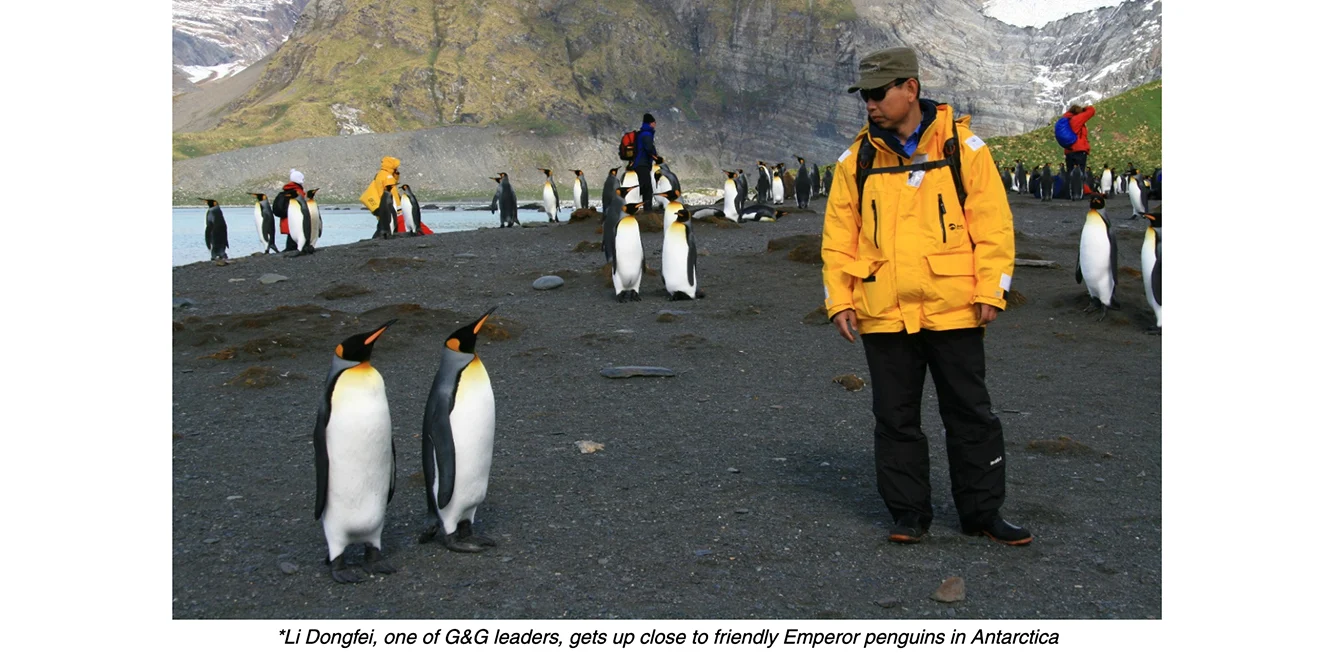The Emperor Penguin, the world’s largest penguin, is unlikely to survive past the end of the 21st century if current rates of greenhouse gas emissions and melting sea ice continue.
Ed: This is an opinion piece about the impact of global warming
Bird Guides, an online resource for ornithologists and bird watchers reported in August 2021, that the Emperor Penguin, the world’s largest penguin, is unlikely to survive past the end of the 21st century if current rates of greenhouse gas emissions and melting sea ice continue.
The loss of sea ice in Antarctica could result in the loss of 70% of colonies and by 2050 and 98% could be wiped out by 2100.
In October this year the US Fish and Wildlife Service categorized Emperor penguins as a threatened species and will receive new protections under the Endangered Species Act, or ESA.
 G&G has two Emperor penguins as part of its logo and recently commissioned a Disney feature film animator to bring its penguin mascots to life in a short film. G&G is also calling for action to protect the endangered Emperor penguins.
G&G has two Emperor penguins as part of its logo and recently commissioned a Disney feature film animator to bring its penguin mascots to life in a short film. G&G is also calling for action to protect the endangered Emperor penguins.
It is a tough life for penguins at the best of times, and they survive in an incredibly harsh environment, where wind chills can reach -60°C.
The only option to survive the 100 day winters is to huddle together to escape wind and conserve warmth. Once warmed the penguin moves to the perimeter and the process is repeated time and time again.
Individuals take turns moving to the group’s protected and relatively toasty interior. Once a penguin has warmed a bit it will move to the perimeter of the group so that others can enjoy protection from the icy elements.
Emperor penguins even breed during this harsh season where the females lay a single egg and then promptly leave it behind to undertake an extended hunting trip.
if you are still with me reading this, you get the gist of the message. Penguins could be extinct by the end of the century. Why? Because of global warming. Simple, straight forward, no messing.
The solution is in everyone’s hands and that is to reuse more, but reuse needs to be done correctly if we are going to reduce global warming.
In their press release, G&G is calling for action to protect the endangered Emperor penguins and “have determined our products need to be environmentally friendly and strive to pave the way for greener, low-carbon sustainable development by using environmentally-compliant raw materials, using recyclable & biodegradable packaging, investing more on clean energy for manufacturing and expanding remanufactured product line-up.”
Harsh, but tough: Female Emperor penguins may need to travel some 50 miles just to reach the open ocean, where they will feed on fish, squid, and krill. At sea, emperor penguins can dive to 1,850 feet—deeper than any other bird—and stay under for more than 20 minutes.
Increased reuse can help reduce global warming and avoid Emperor penguins becoming extinct by the end of the century. Don’t let our legacy be a Disney cartoon character. Real life is better.




















